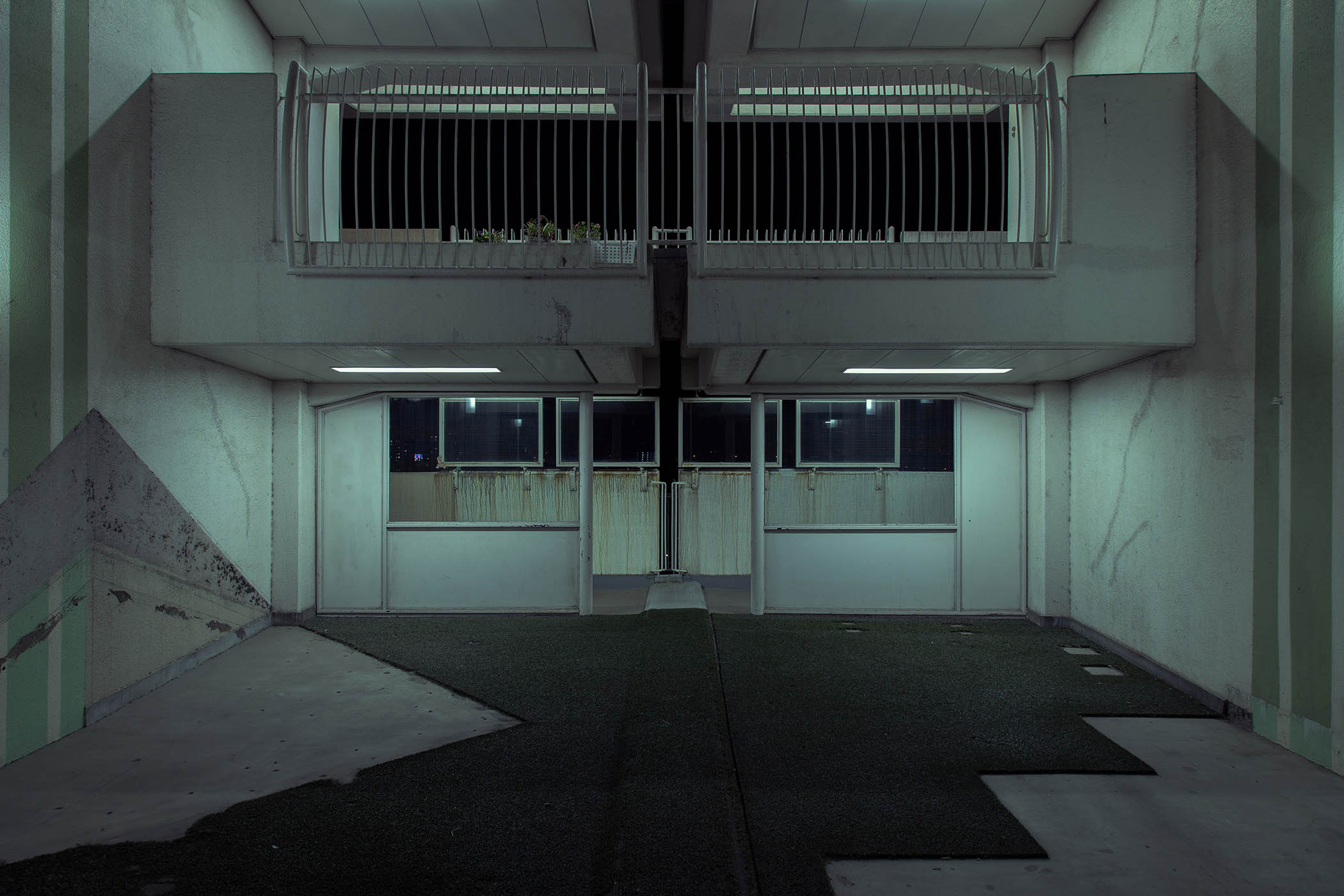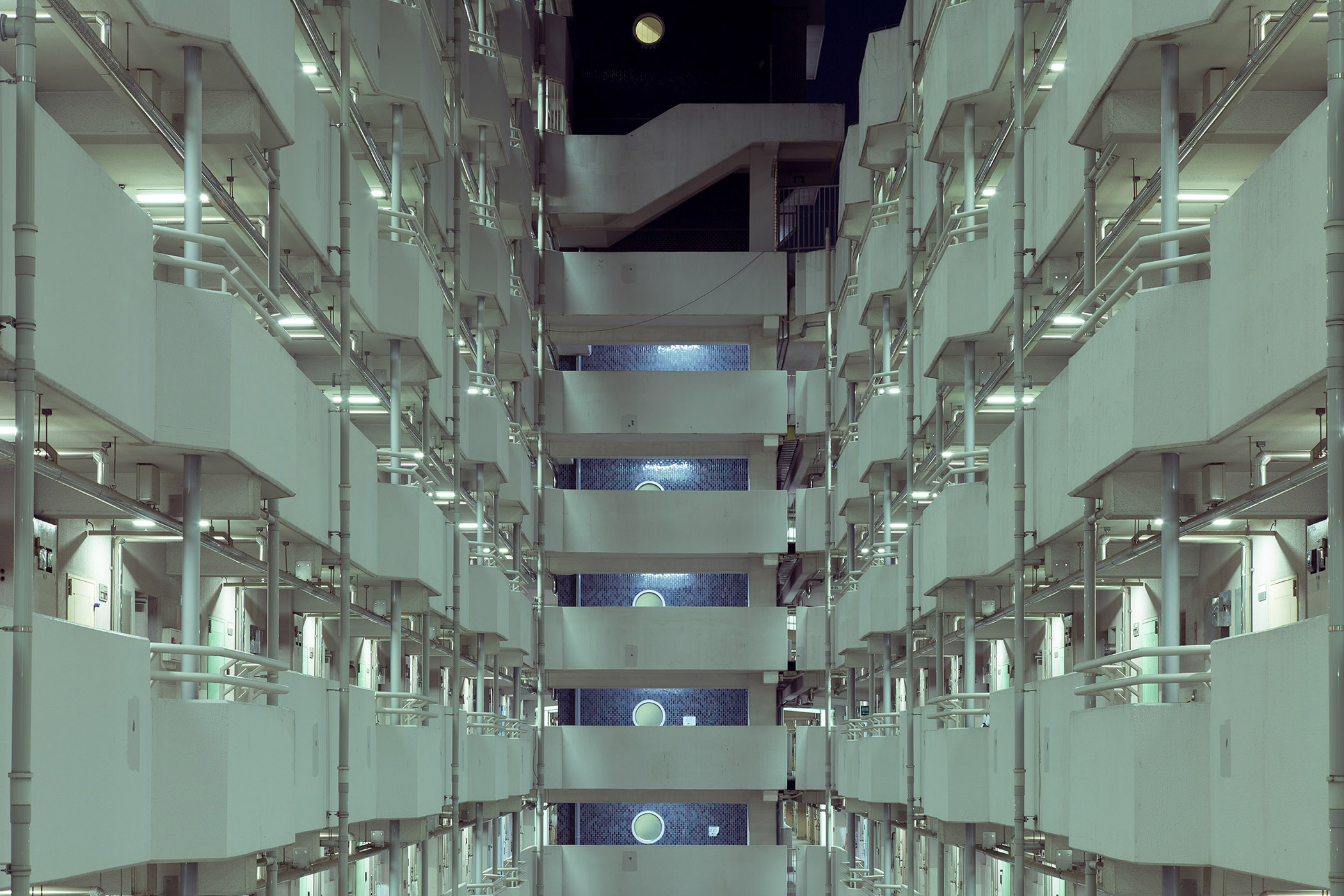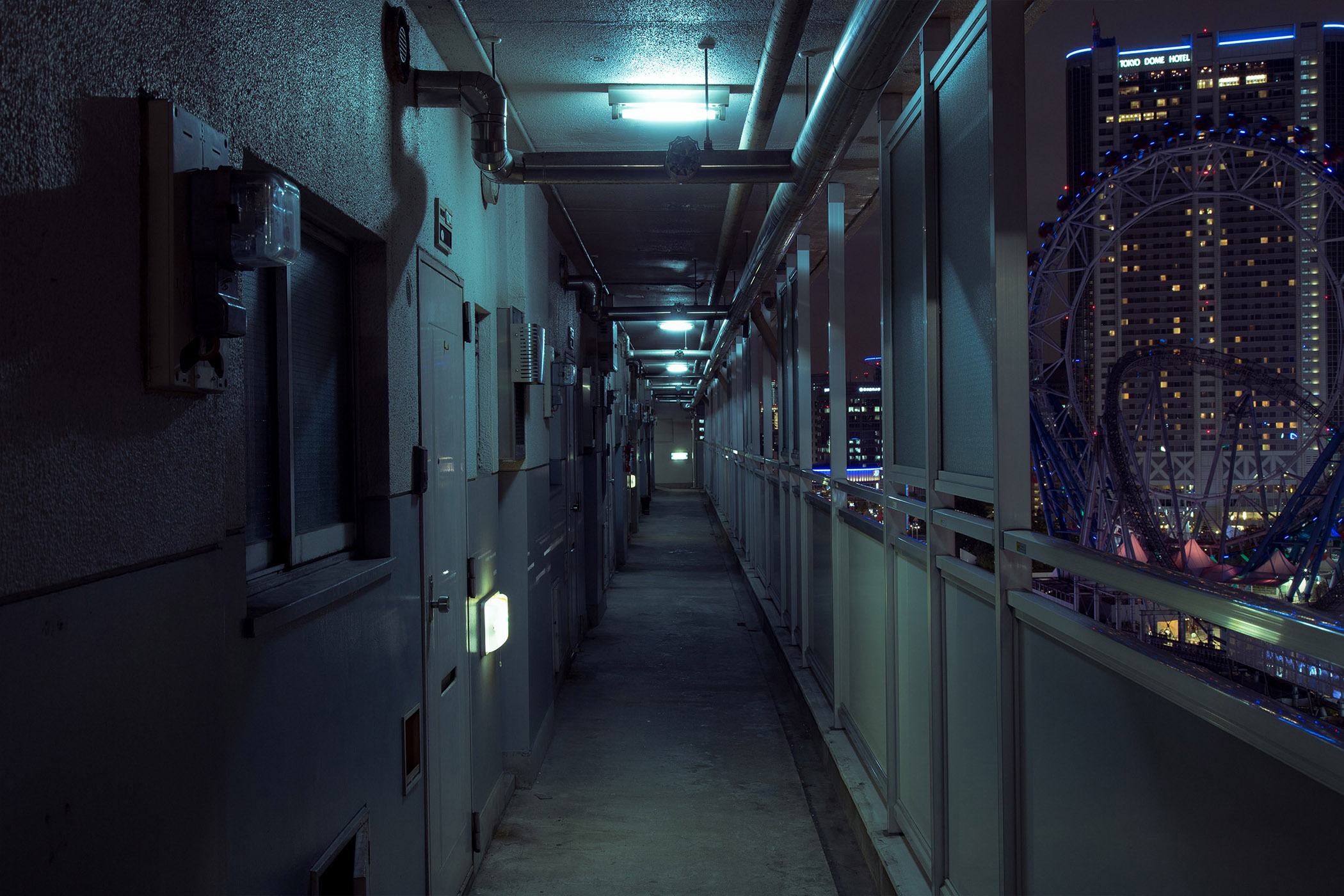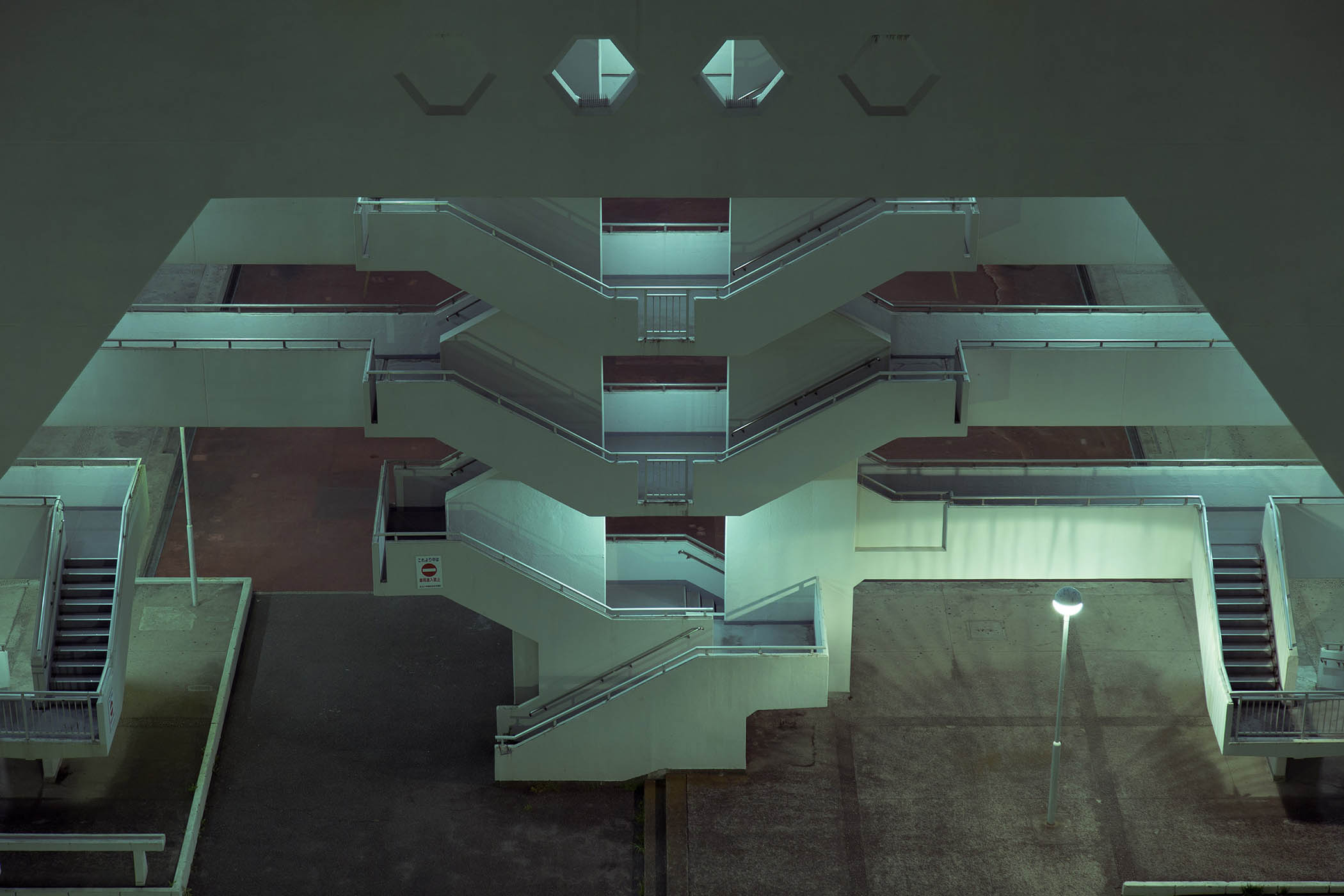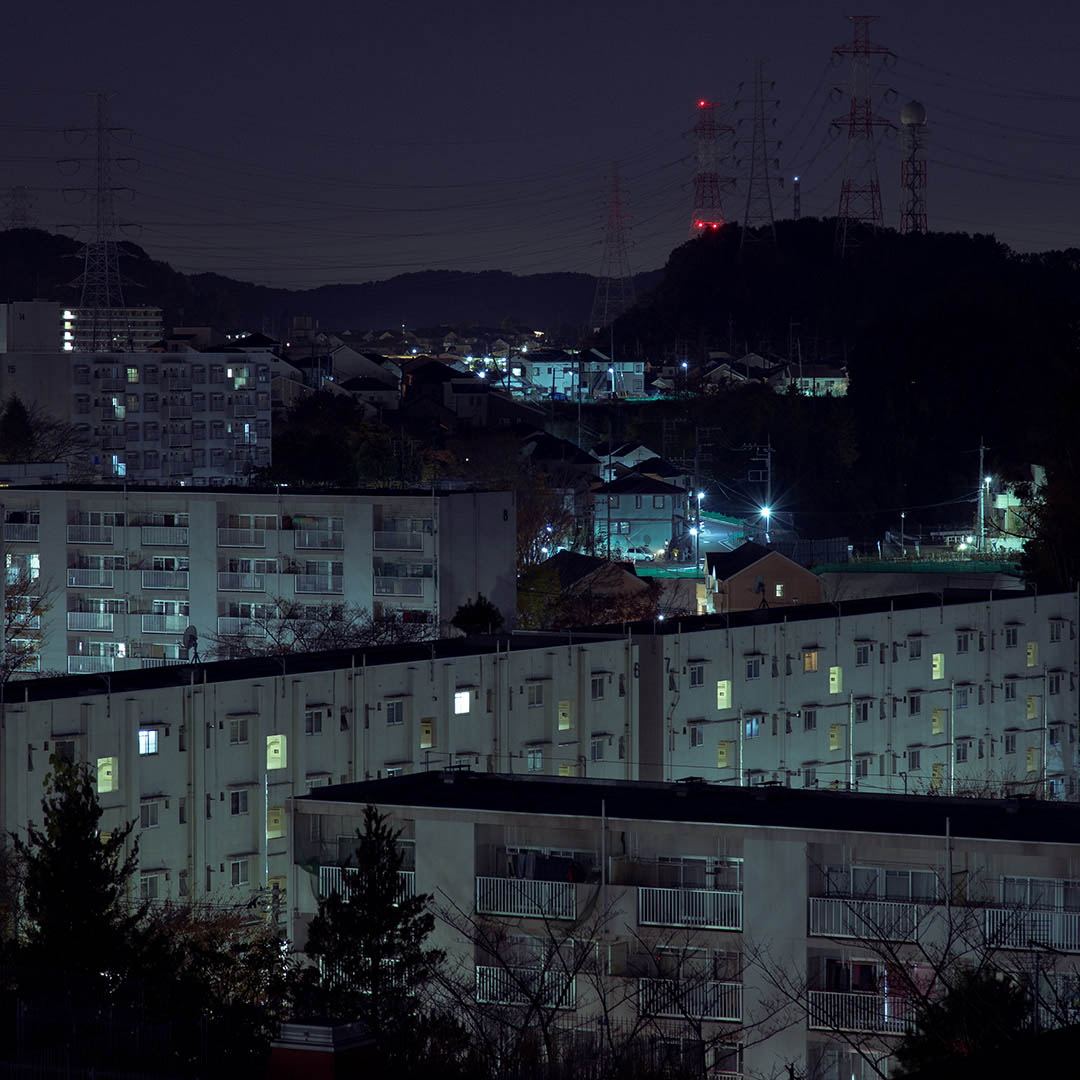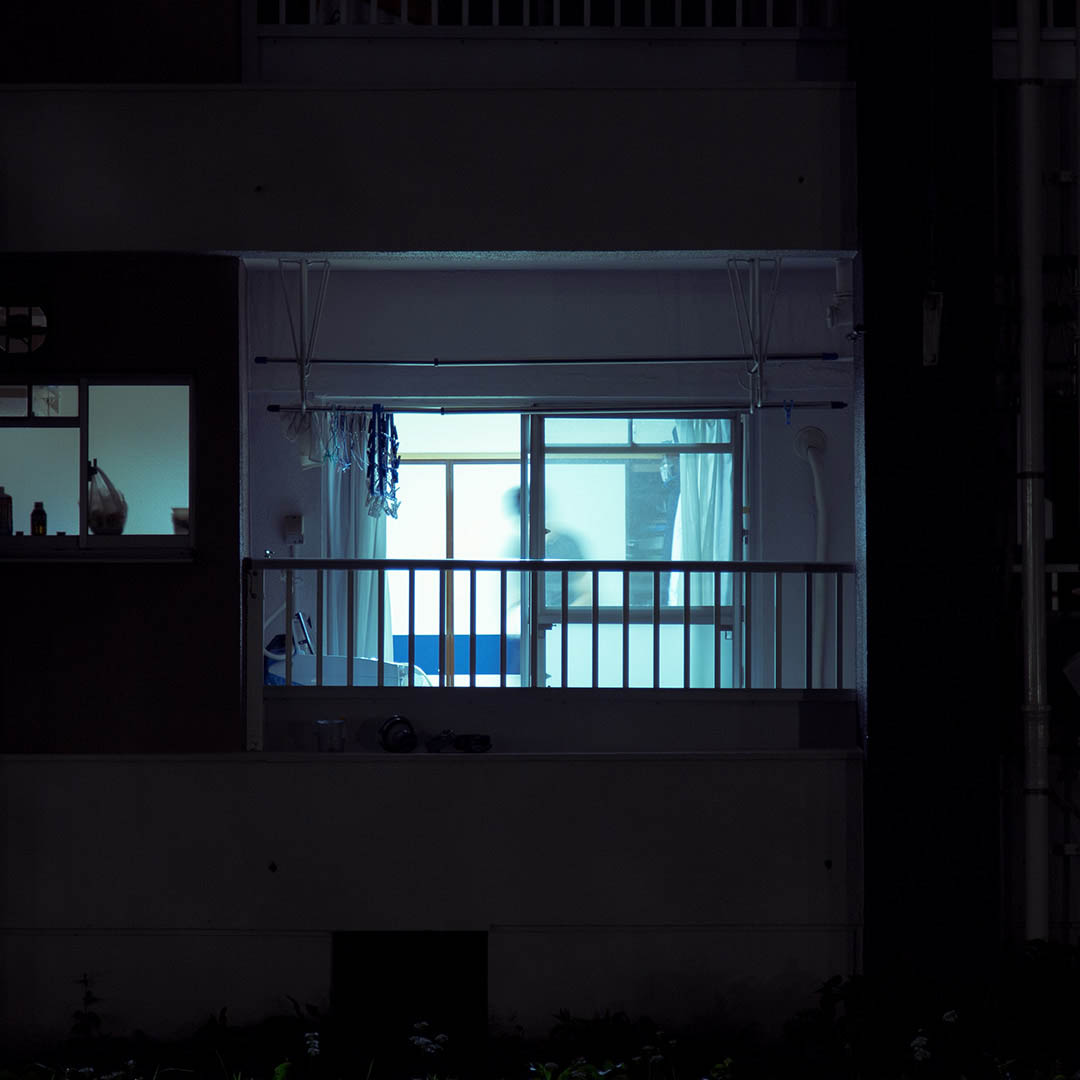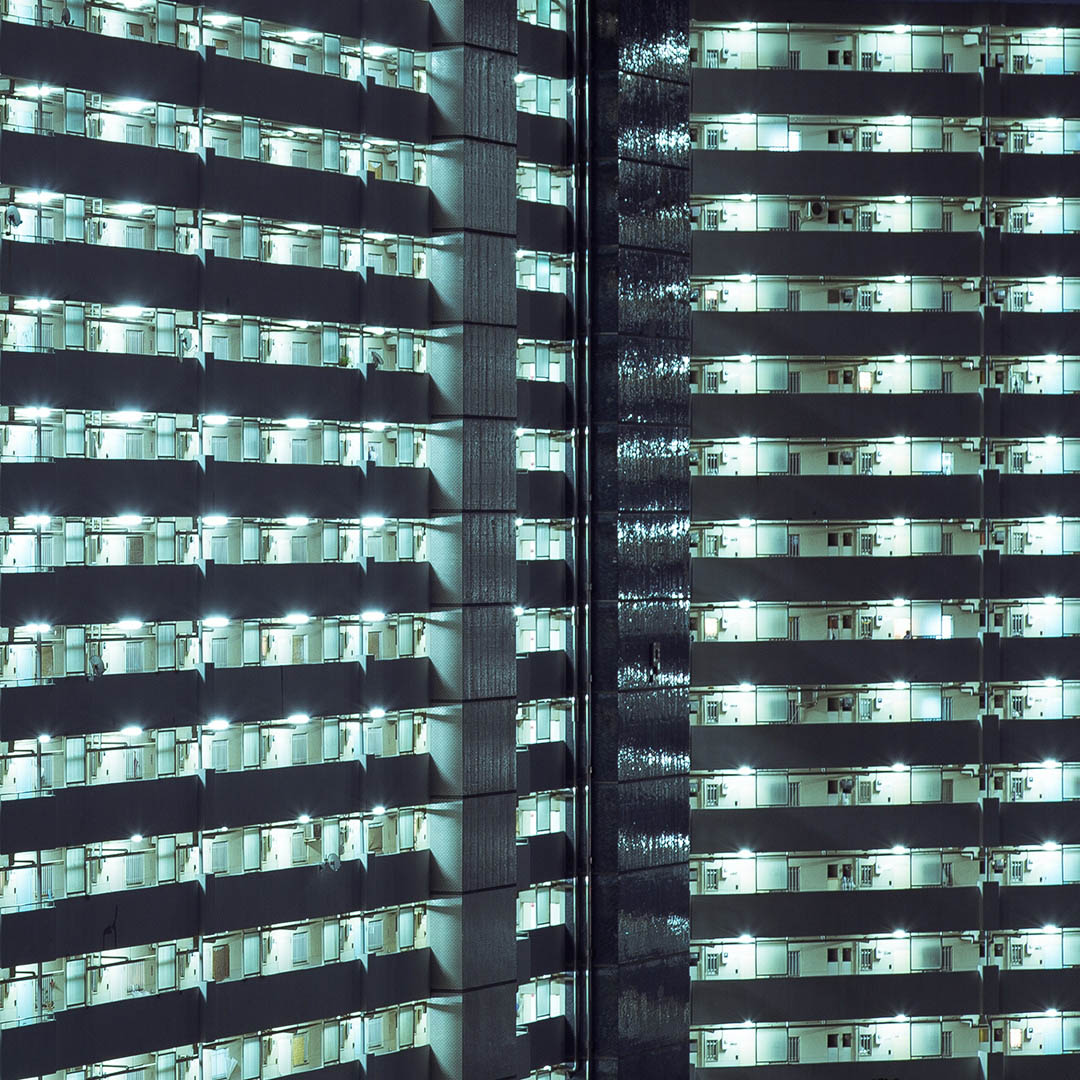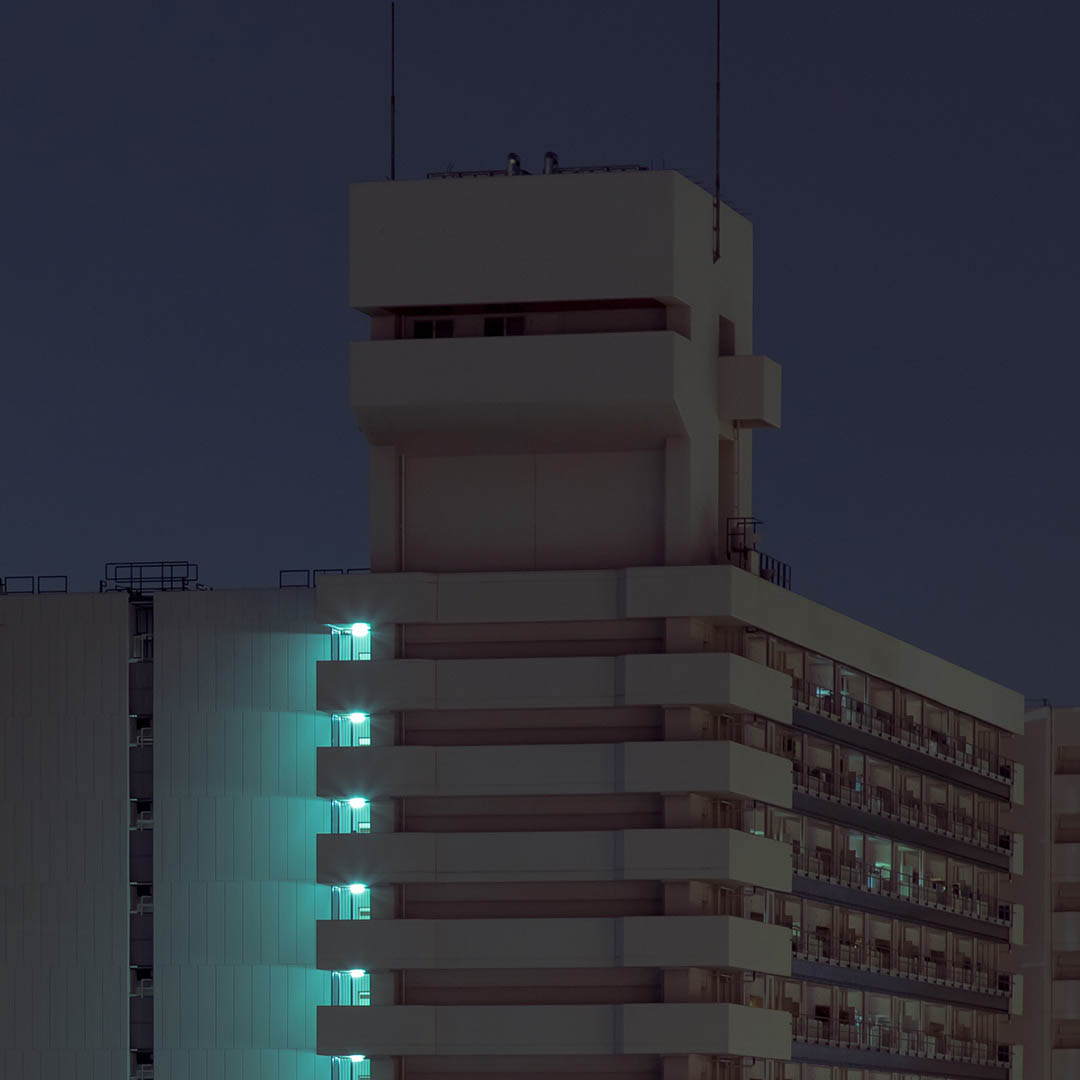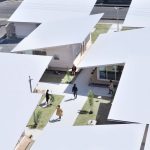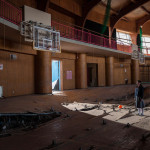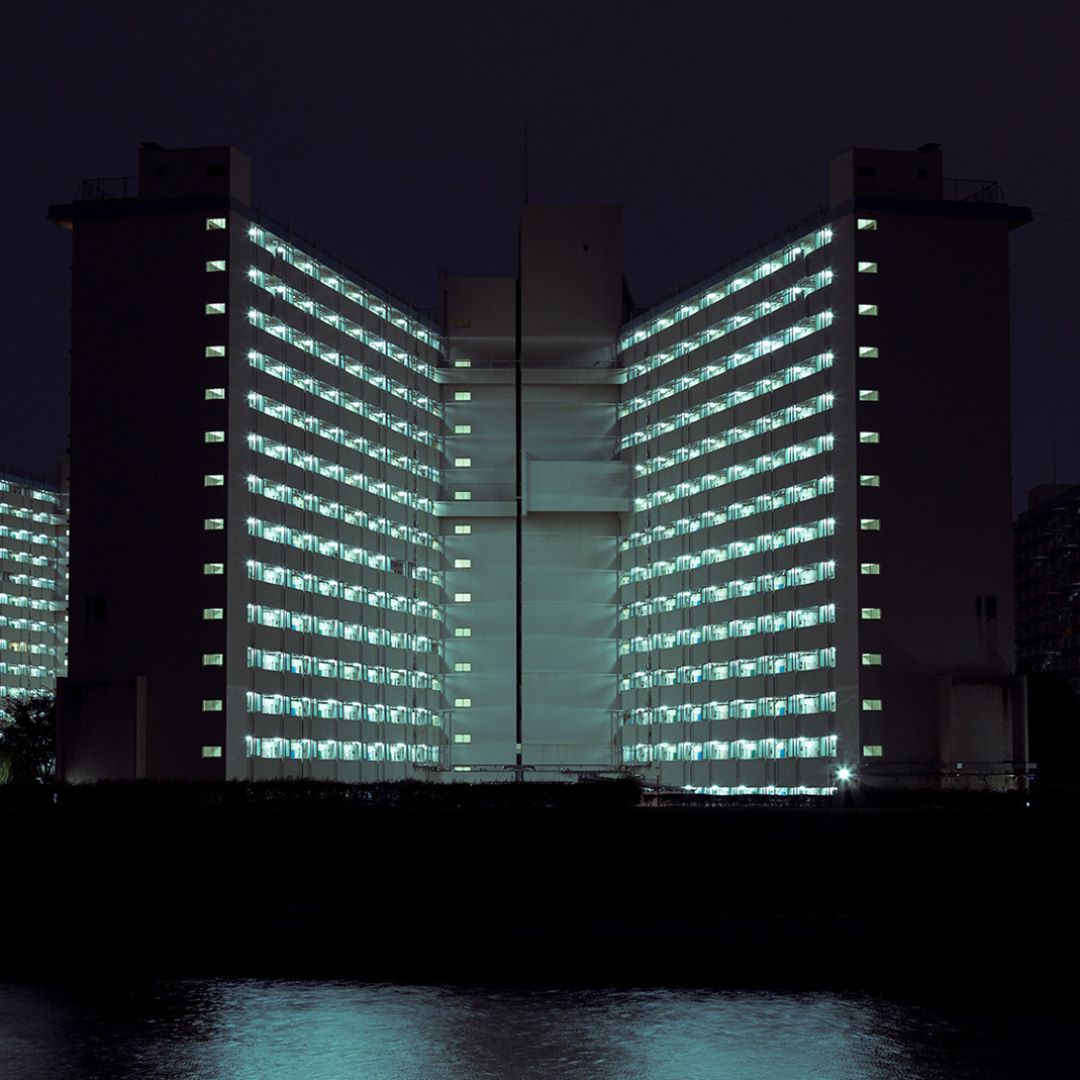
“I’m standing alone before a complex of danchi. Row upon row of identical numbered buildings extend into the distance. Fluorescent lights flicker to life illuminating the stark concrete.” That’s Tokyo-based photographer Cody Ellingham at a recent Pecha Kucha talk as he discussed his latest project, a photographic journey into danchi, Japan’s public housing projects.
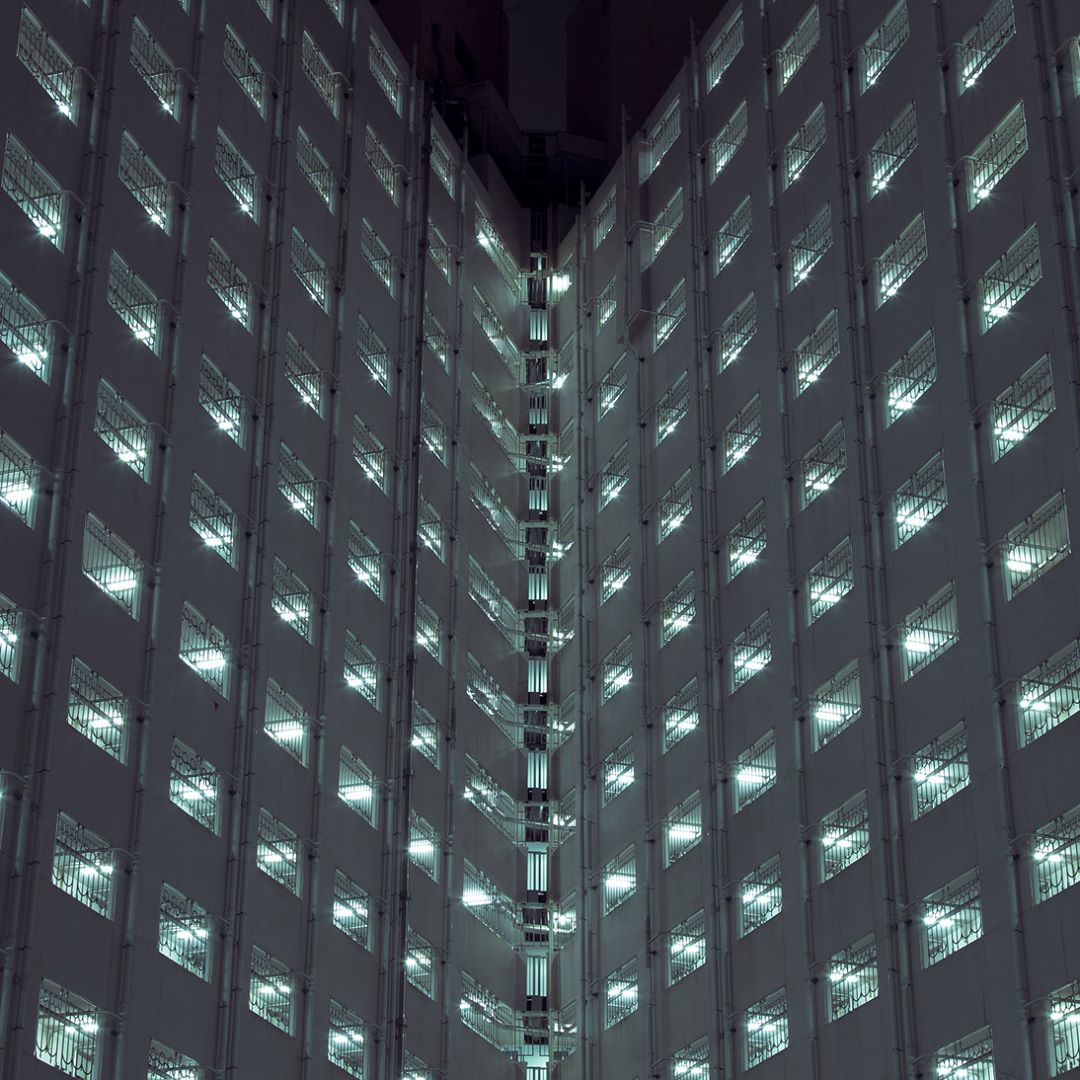
After hundreds of years of living in wooden homes that were constantly prone to fire, danchi (団地) emerged in the 1960s to cope with Japan’s rapid modernization and urbanization. Made from western materials and western designs, they sprung up in suburbs across Tokyo and drastically changed the lifestyle of many.
Danchi became somewhat of a phenomenon and even resulted in the coinage of the word danchi-zuma, or danchi wife. The word actually originated in early Japanese adult films where the housewife, left alone and feeling lonely by her husband who was toiling away at his company, would then have an affair with another man.
It’s an interesting example of how danchi changed lifestyles, or at least the perception of lifestyles, in Japan. And that’s exactly what Ellingham’s photographic project aims to focus on. “How do the places we live in affect the way we live? What happens when modern architecture becomes old?” asks Ellingham. To answer this question, Ellingham ventured out to numerous danchi around Tokyo to photograph them at night, when people are home, in their space they call home. And their presence can be felt, even as it is contrasted with the cold symmetry, repetition and scale of these structures.
If you’d like to see Ellingham’s photos in person, they’ll be on display in Tokyo at Atelier Takiguchi in Tokyo on May 12 – 13, 2018.
